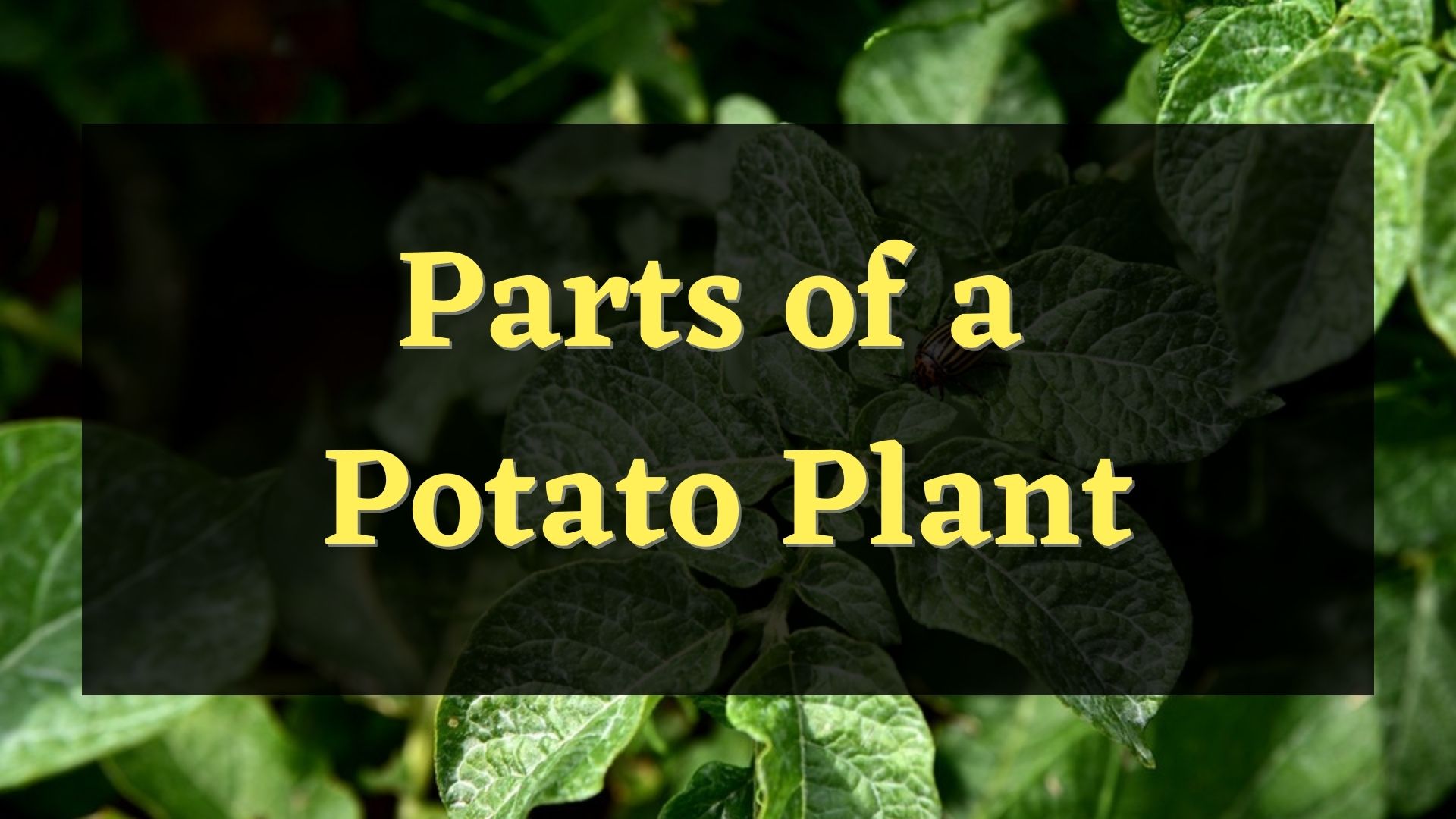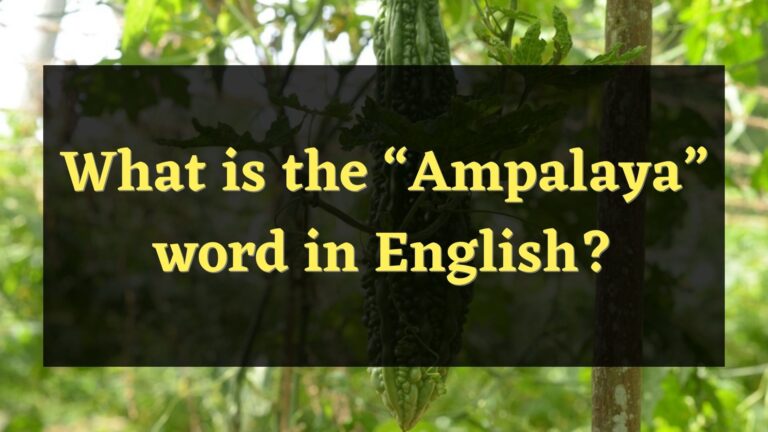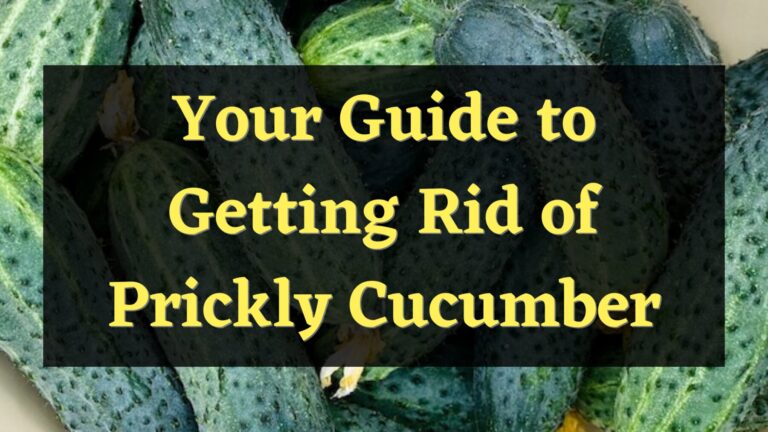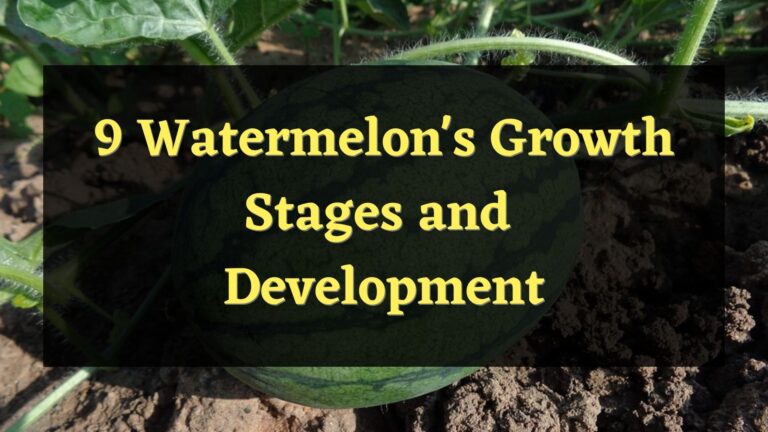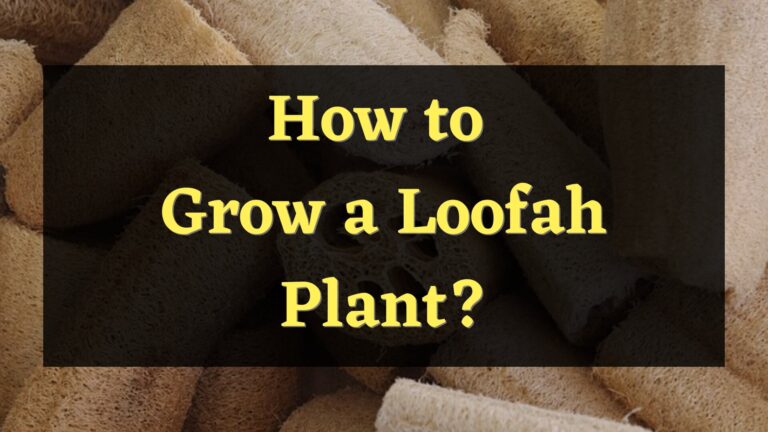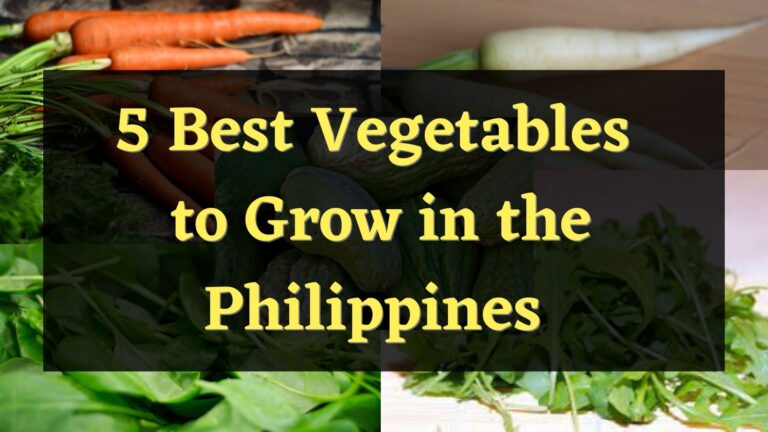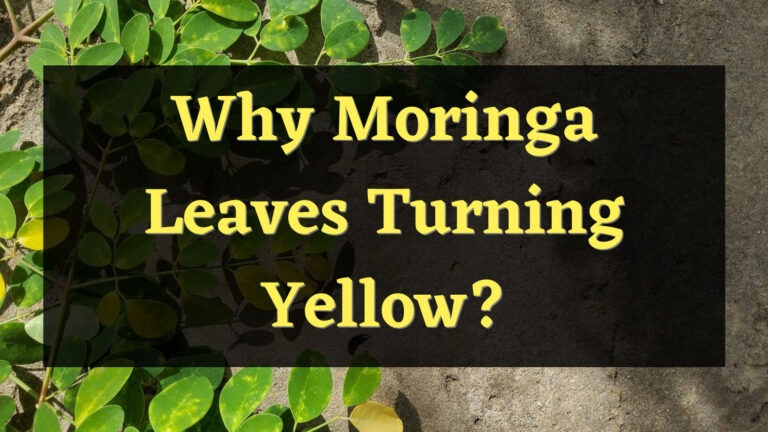Ever wondered what a potato plant really is? Is it a root or a stem? Or is it just a plain old plant? Well in this blog post, I will classify each part of the potato plant so that you can clearly have an idea of what kind of plant it really is. I will enumerate each part without leaving a single one behind and provide you with small but detailed information about each one of them.
What are the parts of a Potato Plant?
Main stem
The potato plant’s main stem is the one that supports every parts of the potato plant that is above ground. This is the vertical stem that shoots up above ground from the mother tuber. The main stem’s purpose is to act as a support for the lateral stem and the ones that the lateral stems are holding.
The main stem of a potato plant is also the one that allows the water and other minerals to flow into the leaves, acting as a passageway. In the same way, as it transfers minerals and water to the leaves, it also transports the converted minerals by the process called photosynthesis from the leaves, down to the plant’s roots.
Underground Stem
The underground stem is also called a rhizome. Like the stolons and tubers, underground steam is a parts of the potato plant that grows beneath the surface of the soil. The potato plant’s underground stem is thick with flesh and it also serves as the part of the potato plant that serves as food storage. This part also assists the main stem in distributing minerals from the roots to the leaves and vice versa.
Lateral stem
The potato plant’s lateral stem is an extension of the main stem that sprouts sideways. It has the same function as that of the branches of a tree. The lateral stem of a potato plant is the one that holds the potato plant’s leaves, flowers, and fruits. This part also acts as support in helping the main stem distribute minerals from all the parts of the potato.
Roots
The roots of a potato plant originate from the main tuber or the potato plant’s underground stem. Apart from the root that buries itself more beneath the ground, a potato plant’s root also has two lateral roots that grow on the creeping and the seed roots. The endpoint where this creeping stem expands forms a tuber.
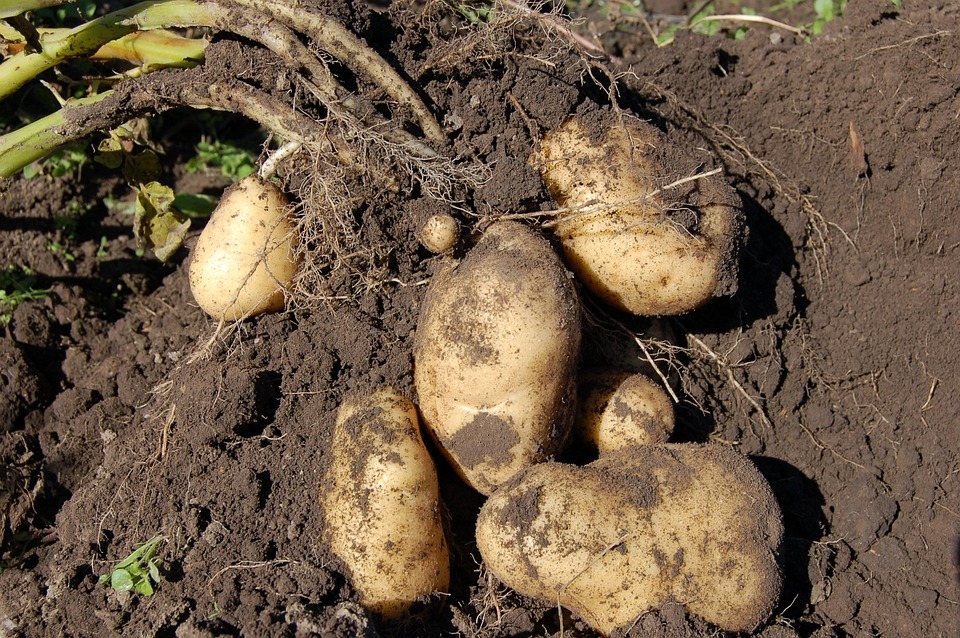
This part of the fruit is the one that absorbs the nutrients from the soil and passes it onto the stem. The stem then delivers the absorbed water and minerals from the soil to the leaves to be converted into energy that the potato plant needs.
Leaves
Potato plants produce leaves that shoot out from the lateral stem. These leaves are compound and are arranged spirally. Each of the potato plant’s leaves is 20 to 30 centimeters long and also consists of a terminal leaflet. Each group of leaves has two to four pairs of leaflets. The fresh leaves of a potato plant are also considered a vegetable in some countries. Like in the Philippines, leaflets of a potato plant are also mixed in some Filipino traditional dishes.
The function of this part is to convert the water and minerals that are delivered by the stem from its root into energy that the potato plant needs to survive in a process called photosynthesis.
Flowers
When the vines of a potato plant are mature enough and have enough leaves to start forming tubers, it starts to produce flowers. However, a potato plant bearing flowers doesn’t indicate that the tubers are ready to harvest. It was observed that until the flowers reach their mature size, potato plants must be watered regularly for one to three inches of water per week.
The color of these flowers varies from the type of potato plant that was planted. Some flowers of a potato plant have a violet-colored corolla with red anthers, some of them are white-colored corolla with yellow anthers, some have blue-colored corolla with yellow anthems, and some are a mixture of those three colors.
Inflorescences
When your potato plant starts producing flowers, the flowers cluster into a group of arranged flowers on the lateral stem of the potato plant. It shoots out from the potato plant’s lateral stem to hold the flowers in the plant’s axis. This part also holds the seed pods that the potato plants produce.
Fruit
Albeit not edible, the potato plant also bears fruit. These fruits are small and spherical in shape that are like cherry tomatoes. These fruits also appear in clusters. Although they are called fruits, they are actually round seed pods that store an average of 500 tiny potato seeds that are distributed throughout many tissues.
These seed pods are also one of the two ways how to grow a potato plant. You can use the seeds inside these pods to plant a new potato plant if you desire so. After germination, these seeds sprout leaflets and become a seedling that can be planted if you desired.
Stolon
A stolon is the part of a potato plant that pretty much looks like a root. The only difference is, roots bury themselves more beneath the ground while stolons grow horizontally underground. This part aids the potato plant in its vegetative propagation. This means that it assists the plant in its asexual plant reproduction that happens on the potato plant’s roots and underground stems. Some stolons swell and thicken and eventually become tuber.
Tuber
Ever wonder what parts of the potato plant are the ones we eat? Many people misunderstand that these are the potato plant’s roots as it is beneath the ground. The part that sweet potatoes come from is what we call tubers. Tubers are the thickened part of the stolons.
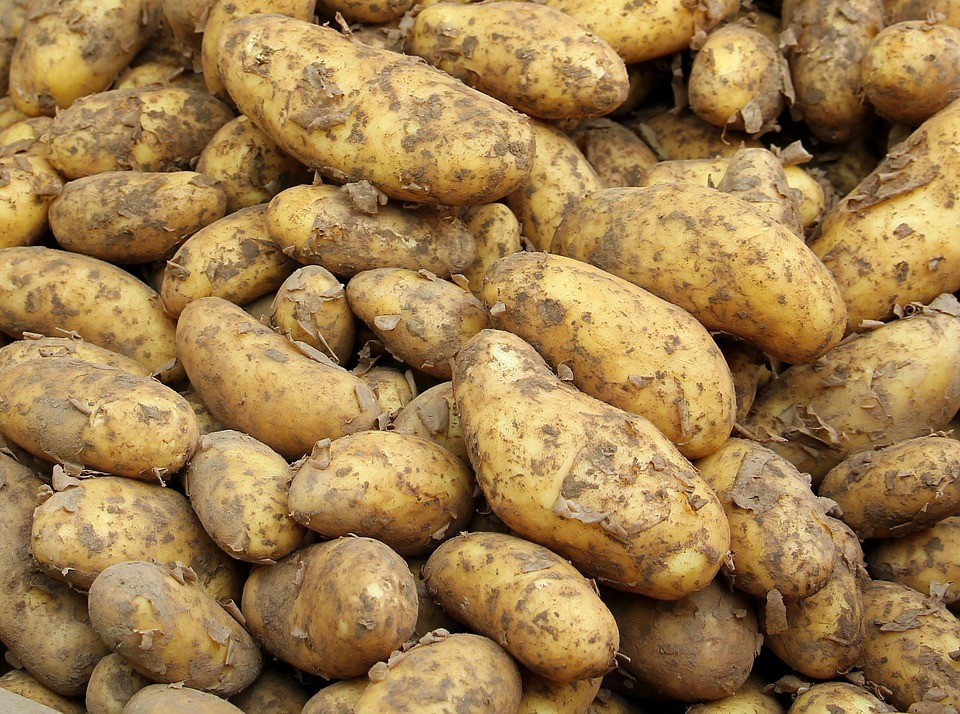
This part of the potato is also the same as the “fruit” of the potato plant. Not because the tuber is the part that we mix in our dishes or the ones that we eat. But, it is the same in the sense that it also plays an important part in the potato plant’s reproduction. These tubers can become a mother tuber that will hold another underground stem that will eventually become a new potato plant. Some large potato plantations, prefer using tubers to reproduce new potato plants instead of seed pods.
FAQs
Are potatoes seeds or roots?
Some people identify potatoes as a root. It is a common misconception as the part that they are referring to as root is not really a root but a stem. The part they are referring to is the underground root that is mentioned above. Potatoes are considered tubers! Large potato plantations don’t plant potatoes as a seed. Instead, they plant the old potatoes that already have hardened roots that are already growing from them.
Which part of the potato is the stem?
A potato plant has a lot of stems. The branches-like part that holds the leaves are called lateral stems. And the stem that holds the lateral stem is also called the main stem.
These two stems are the ones that are visible to the eye as they are both above the surface of the ground. But a potato plant doesn’t have only two stems. It also has an underground stem that shoots out from a mother tube and grows from under the ground. In fact, tubers can also be considered underground stems.
Is a potato a fruit or a vegetable?
In botanical terms, a potato plant is without a doubt considered a vegetable. Although it is not your ordinary and casual green leafy vegetable, one of the main reasons it was considered a vegetable is that it is packed with nutrients that are very much necessary for a balanced diet.
Note: The fruit that is mentioned above is not the fruit that the potato plant produces from above the surface, even though it is called a fruit, it is actually a seed pod that is used for the potato plant’s reproduction. The “fruit” that was mentioned was the tuber. Tuber is a stolon of the potato plant that thickens or has swelled. Tuber is the one that we call “sweet potato.”
Conclusion
The potato plant has a lot of parts but is just mostly made up of stems. The potato that you initially thought was the fruit was really not a fruit but is just a root-like part of this plant that has swelled or thickened. And the one that the plant itself bore is not a fruit but actually a seed pod. Did this conclusion make it clear as to what the potato plant really is or did it just add to the confusion? Well, one thing is for sure. The potato plant is a plant that defies logical thinking!
Meet Tomas Clayton, a seasoned plant gardener who has been passionate about horticulture since he was a child. Tomas John developed a love for the natural world and a strong appreciation for the beauty of plants while growing up on a farm.

